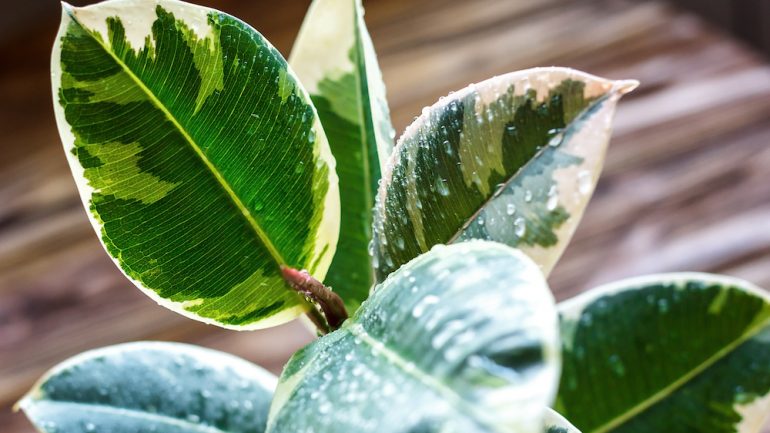Some people have the proverbial “green thumb” and can make any plant thrive. Others watch their houseplants begin to shrivel the moment they bring them home. Let’s get your greenery growing with this guide to selecting and caring for houseplants.
Work with your decor
Choose and place houseplants as part of your overall plan for decorating your home. You put thought and care into choosing furniture and accessories, and plants are no different. Select plants that complement your other furnishings.
Consider these elements when choosing and placing houseplants.
- Size and space: Choose plants that are the right size for the space they will occupy. Plants on window ledges should be no taller than two feet. Tall plants such as ficus trees and scheffleras should reside on the floor in a corner. Trailing vines should have room to spread down the side of a bookshelf or along a mantle or long counter.
- Lighting: Select plants that will thrive in the lighting conditions available in your space. Most plants need at least indirect natural light, and some need more direct sunshine. Pick and place your plants accordingly.
- Atmosphere: When choosing a houseplant, check the label to see what temperature and humidity will help it to thrive. Most should do fine at room temperature. But some plants are particularly sensitive to higher or lower temperatures. This becomes an issue with plants on an enclosed porch or sunroom that is not heated or air-conditioned.
- Appearance: Do you want just greenery, or would you like colorful blooms too? Long slender leaves or full ones? Coordinate your houseplants’ appearance with the room’s decor.
- Toxicity: Remember that some houseplants are toxic. If you have pets and/or young children, place toxic plants out of their reach.
Houseplant ideas
Here are some plants from different categories to consider.
Pothos ivy and English ivy are popular vines. These plants have green leaves, often with yellow variegation, that spill over the sides of their pots and spread onto flat surfaces. Ivies can thrive in moderate direct natural light. They need regular watering when the soil dries. Trim the vines back to keep the foliage full in the center of the plant. Cut vines can be used to grow new plants.
Spider plants are common houseplants. Their long slender leaves are variegated green and yellow. They thrive in medium to bright light and moist soil.
Aloe vera and jade plants are succulents whose plump foliage is rich with fluid. Both like bright, direct sunlight and dry soil, so don’t overwater. Like ivies, succulents are good choices for windowsills, shelves and counters. Aloe releases a soothing fluid when cut that is popular for treating minor skin burns. Related to succulents are the many decorative cacti species with colorful crowns and amazing designs.
Peace lilies are elegant favorites, with rich dark green leaves. The plants have delicate white concave blooms surrounding a seed pod. These moderate-height plants are perfect for filling a corner with their graceful presence.
Snake plants have long green leaves with yellow trimming the edges like piping. They can thrive in moderate lighting and are a common staple in offices.
Bromeliads grow to about two feet with slender green leaves. Their blooms burst in every direction with red or pink spikes. These houseplants are native to the tropics and need a warm, humid setting to thrive.
Ficus trees, such as the fiddle-leaf fig, are popular plants with beautiful foliage. The Audrey ficus has lush green leaves with yellow veins and red berries. Rubber trees have lustrous almond-shaped leaves in green, yellow and brown. Most ficus trees originate in subtropical climates and need warm temperatures and consistent watering.
Related – Green Living: How to Install a Living Wall


